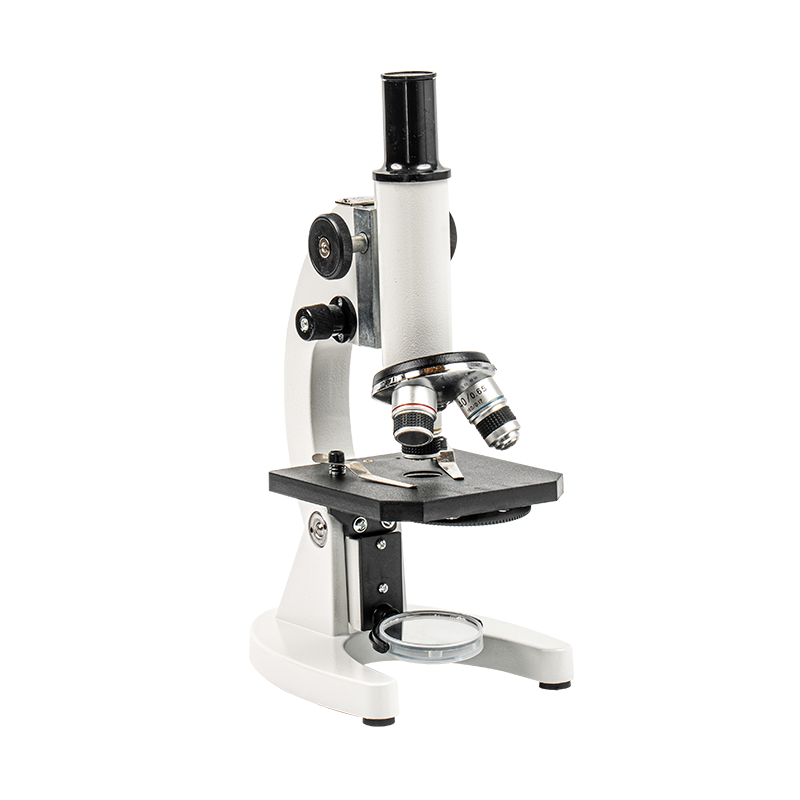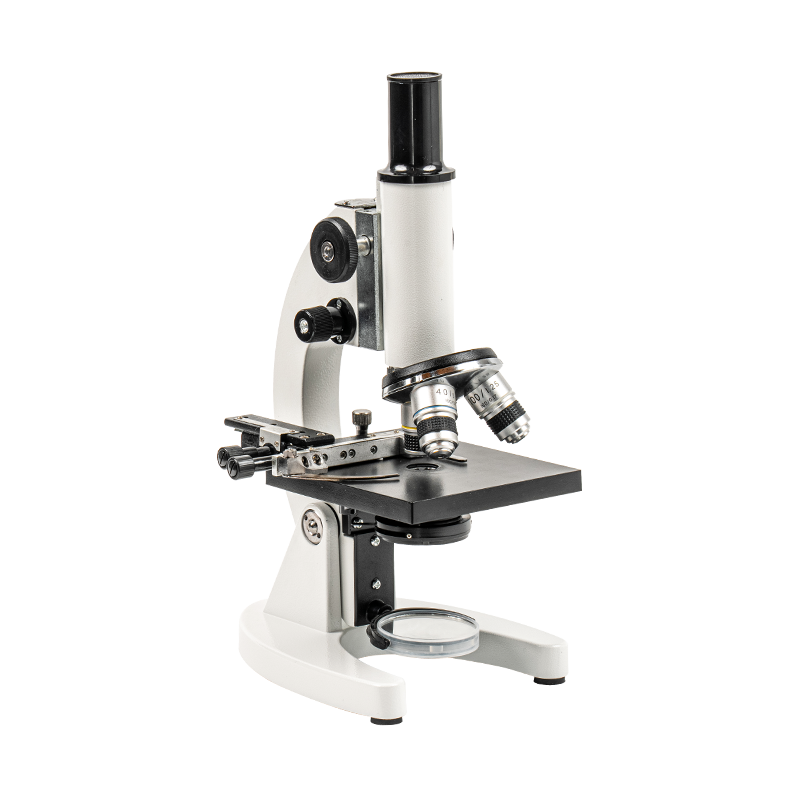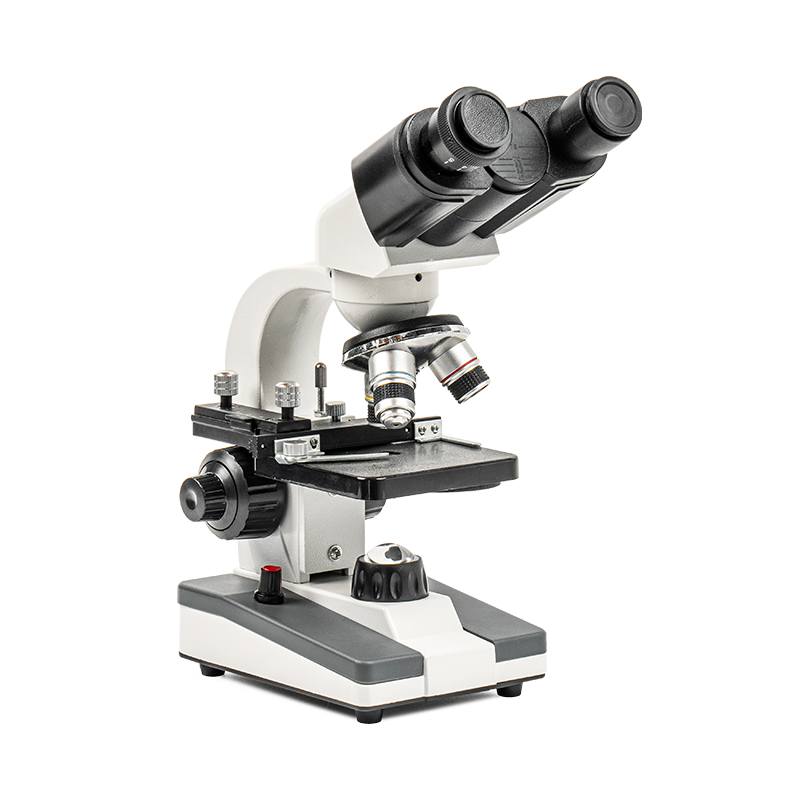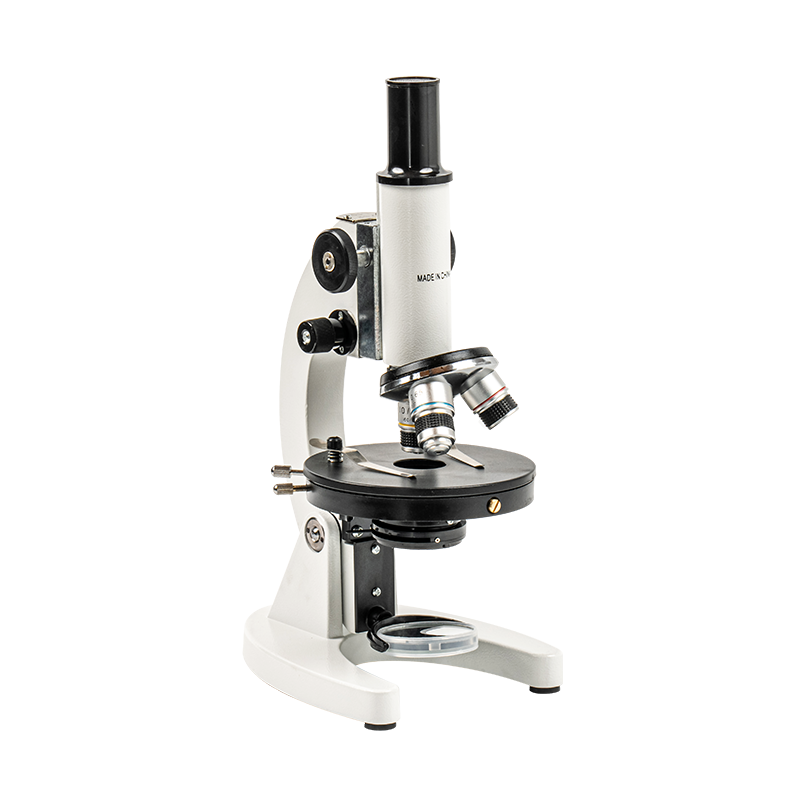The measurement of concentration gradient using Abbe refractometer involves three main steps: sample preparation, measurement and data analysis. First, prepare a series of sample solutions with known concentrations. These solutions should cover the concentration range of interest, usually at least 5-7 different concentration points. The concentration range and interval of the sample should be set according to actual needs and measurement accuracy requirements. For example, when measuring sugar aqueous solution, 0%, 10%, 20%, 30%, 40%, 50% sugar aqueous solution can be prepared.
Before starting the measurement, the Abbe refractometer needs to be calibrated. When calibrating the refractometer, distilled water or a standard solution with a known refractive index can be used to ensure the accuracy of the instrument. The refractive index of distilled water is about 1.333, which is often used as a calibration reference. The calibration steps include cleaning the prism surface of the refractometer to ensure that there are no contaminants and residues, then dropping the calibration solution onto the prism surface to avoid bubble formation, observing through the eyepiece and adjusting the light source and prism position until a clear boundary line is obtained, and finally recording the refractive index value of the calibration solution.
After calibration, measure the refractive index of each known concentration sample one by one. Make sure the prism surface is clean and avoid the formation of bubbles, as contaminants and bubbles will affect the accuracy of the measurement results. Add the sample to the prism surface, observe and adjust the light source and prism position using the eyepiece until a clear boundary line is obtained, and then record the refractive index value of each sample. Repeat this process until the refractive index of all known concentration samples has been measured and recorded.
Next, plot the measured refractive index values against the corresponding known concentrations, usually with concentration as the abscissa and refractive index as the ordinate. Draw a best fit curve based on the data points, which can be linear or nonlinear, depending on the specific situation. This curve will serve as a reference standard for subsequent measurements of unknown sample concentrations.
After completing the calibration curve, measure the refractive index of the unknown sample using the same method as the known sample. Clean the prism surface, avoid bubble formation, add the unknown sample to the prism surface, observe and adjust the light source and prism position until a clear boundary line is obtained, and record the refractive index value of the unknown sample.
Substitute the refractive index value of the unknown sample into the calibration curve and find the concentration corresponding to the refractive index value by looking up or calculating. This process requires the help of the established calibration curve to ensure the accuracy of the measurement results. For example, assuming that the refractive index of the unknown sample is measured to be 1.370, by looking up the calibration curve, it can be determined that its concentration is approximately 25%.
There are several key things to note when making these measurements. First, keep the prism surface clean and avoid contamination and bubble interference, as these factors can significantly affect the accuracy of the measurement results. Second, ensure that the measurement temperature is constant, as temperature changes can affect the refractive index and cause inaccurate measurement results. Finally, repeating the measurement multiple times can improve the accuracy of the results and reduce errors.

 English
English Español
Español عربى
عربى 中文简体
中文简体









